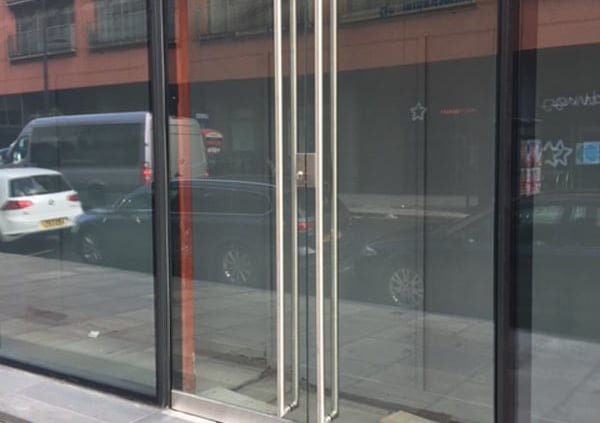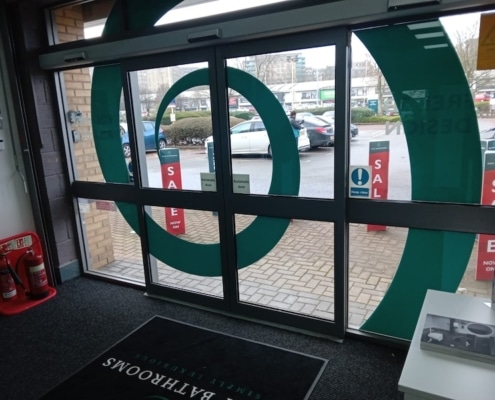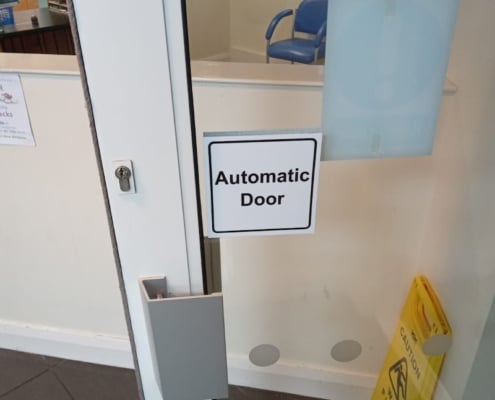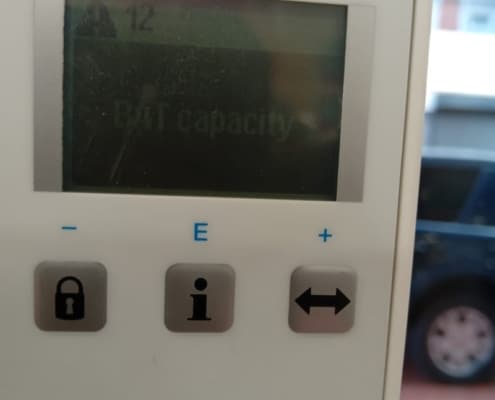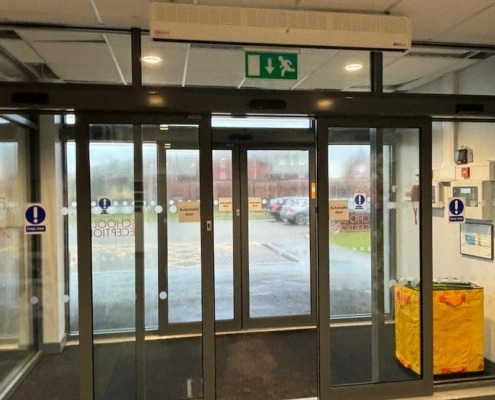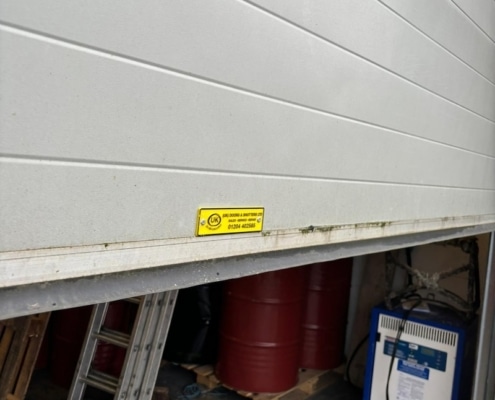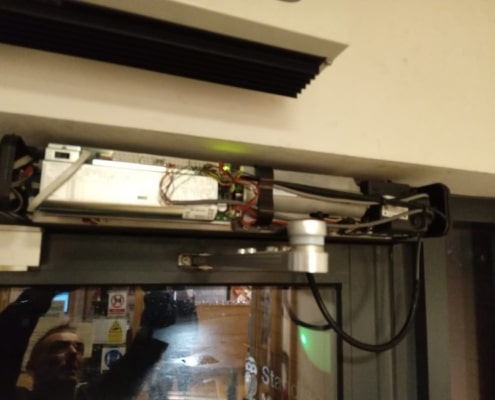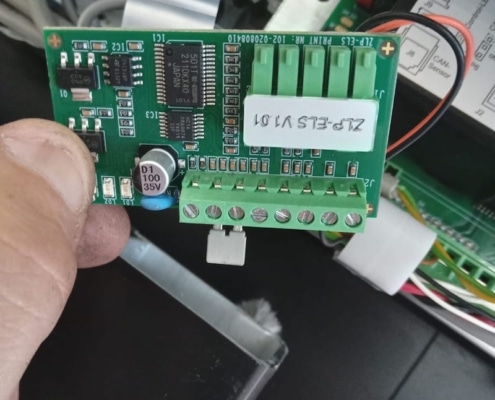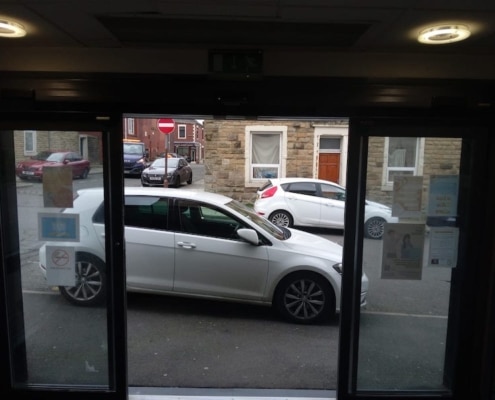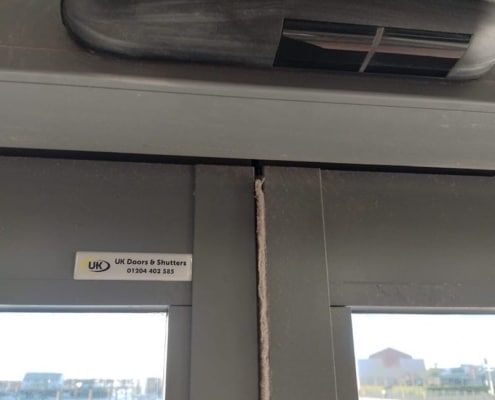We’ve all experienced that magical moment when we approach a building and the doors effortlessly slide open, granting us entry. Commercial sliding automatic doors have become an essential part of modern architecture, providing convenience, accessibility, and energy efficiency. But have you ever wondered how these doors work? In this blog, we’ll delve into the inner workings of commercial sliding automatic doors, exploring the technology and components that enable their seamless operation.
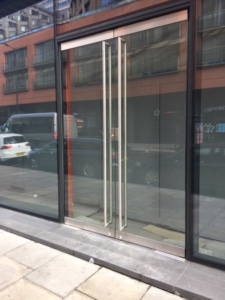
The Components of a Commercial Sliding Automatic Door System
Door panels
These are the moving parts of the door system, typically made of aluminium, glass, or a combination of both. Door panels can be single, double, or telescopic, depending on the required opening width and space constraints.
Door track
The door track is the horizontal rail that guides the door panels’ movement. It can be mounted on the floor, the ceiling, or both, depending on the door type and installation requirements.
Rollers or trolleys
These components are attached to the door panels and glide along the door track, allowing smooth and controlled movement.
Sensors
Sensors detect the presence of people or objects in the path of the door, triggering the opening and closing mechanism. Common types of sensors include infrared, microwave, and ultrasonic sensors.
Door operator
This is the “brain” of the automatic door system, housing the motor, control unit, and power supply. The door operator processes signals from the sensors and sends commands to the motor, controlling the door panels’ movement.
How a Commercial Sliding Automatic Door Works
Detection
As a person or object approaches the door, the sensors detect their presence and send a signal to the door operator.
Processing
The door operator processes the sensor signal, determines if the door should open, and sends a command to the motor.
Movement
Upon receiving the command, the motor activates the rollers or trolleys, causing the door panels to slide along the track and open.
Timing
The door remains open for a preset time, allowing people or objects to pass through. The timing can be adjusted to accommodate different traffic levels and accessibility requirements.
Closing
Once the preset time elapses or the sensors detect that the doorway is clear, the door operator sends a command to the motor to close the door panels.
Advantages of Commercial Sliding Automatic Doors
Accessibility
Automatic doors provide barrier-free access, making buildings more inclusive for people with disabilities, seniors, and families with strollers.
Energy efficiency
By opening only when needed and closing promptly, automatic doors minimise heat loss and reduce energy consumption, contributing to a greener environment.
Convenience
Automatic doors offer a hands-free, hassle-free experience, making it easier for people to enter and exit buildings while carrying items, pushing carts, or using mobility aids.
Safety
With built-in sensors and safety features, automatic doors can prevent accidents and injuries by detecting obstacles and stopping the door panels from closing.
Commercial sliding automatic doors have revolutionised the way we interact with buildings, providing accessibility, convenience, and energy efficiency. By understanding the components and processes behind these doors, we can appreciate the complex technology that makes our daily lives more seamless and comfortable. Next time you walk through a sliding automatic door, take a moment to marvel at the engineering and innovation that makes it possible.

